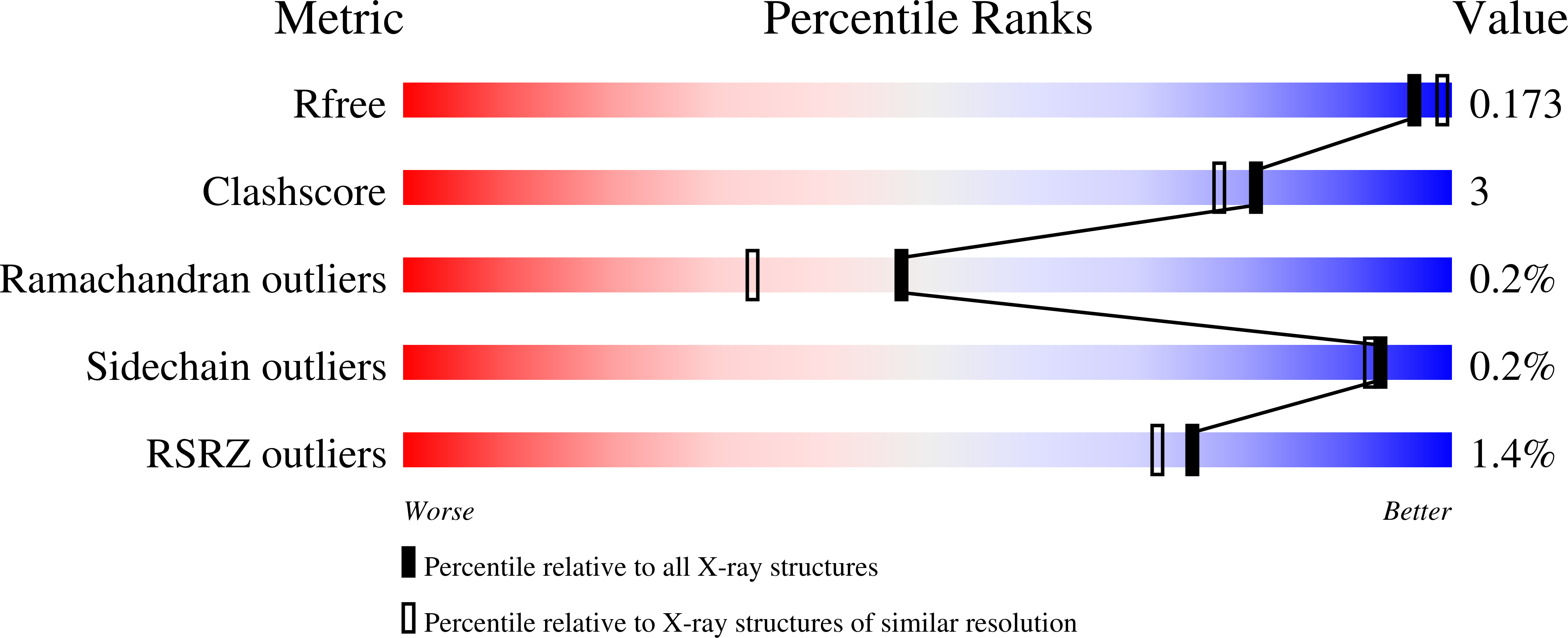
Deposition Date
2014-12-05
Release Date
2015-08-12
Last Version Date
2024-11-06
Entry Detail
PDB ID:
4RWM
Keywords:
Title:
Kuenenia stuttgartiensis hydroxylamine oxidoreductase cryoprotected with ethylene glycol
Biological Source:
Source Organism:
Candidatus Kuenenia stuttgartiensis (Taxon ID: 174633)
Method Details:
Experimental Method:
Resolution:
1.80 Å
R-Value Free:
0.16
R-Value Work:
0.14
R-Value Observed:
0.14
Space Group:
P 21 3


